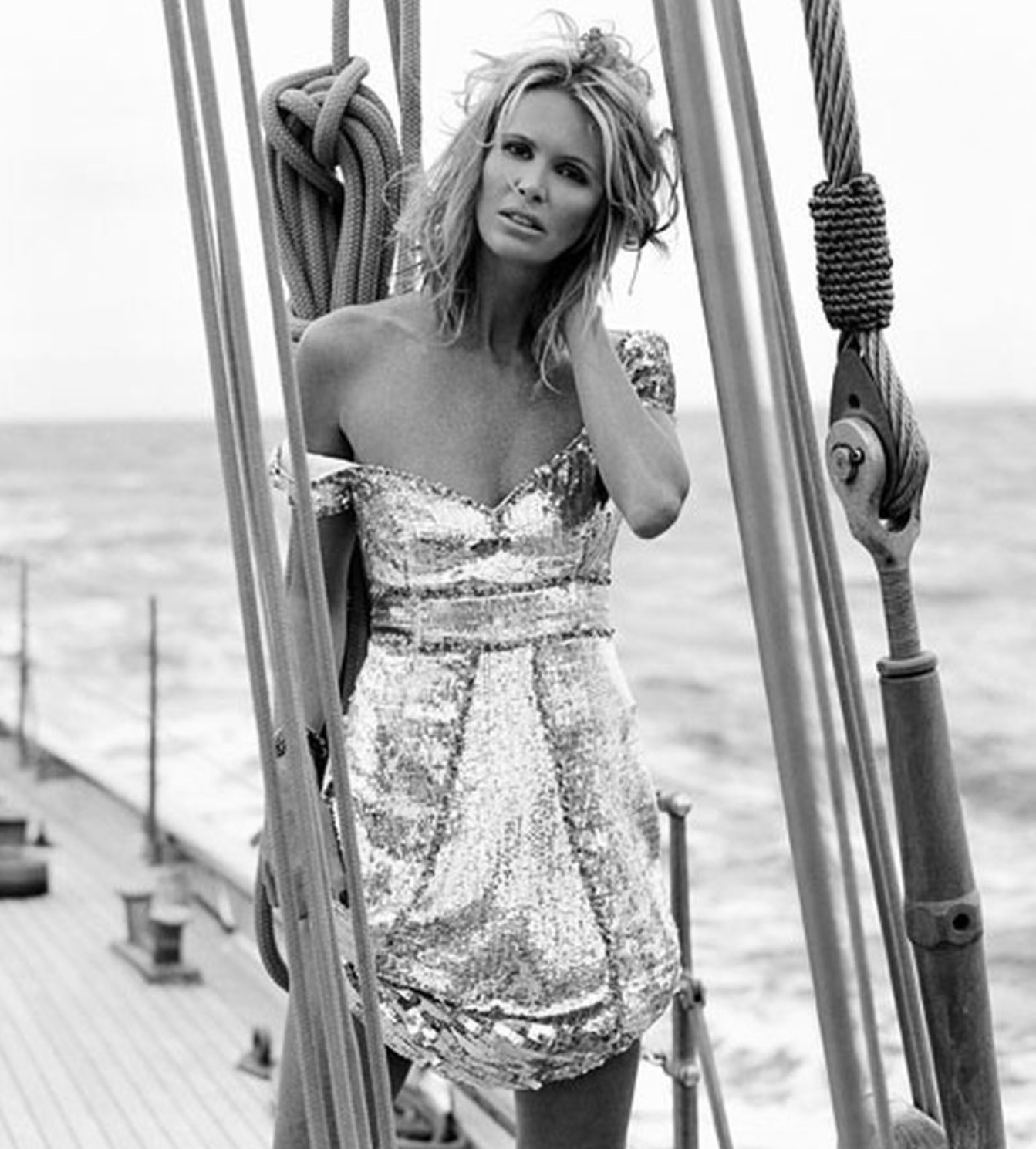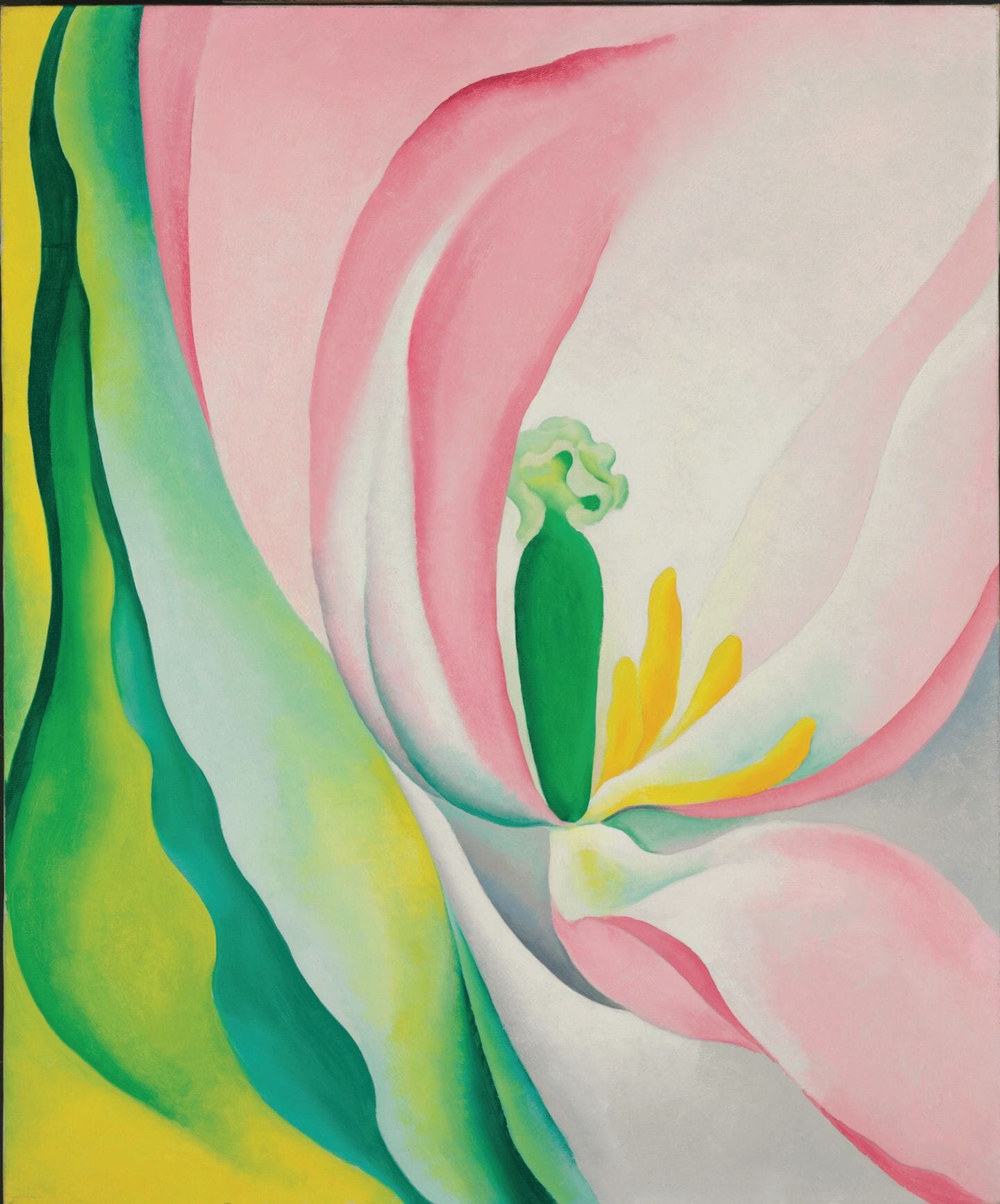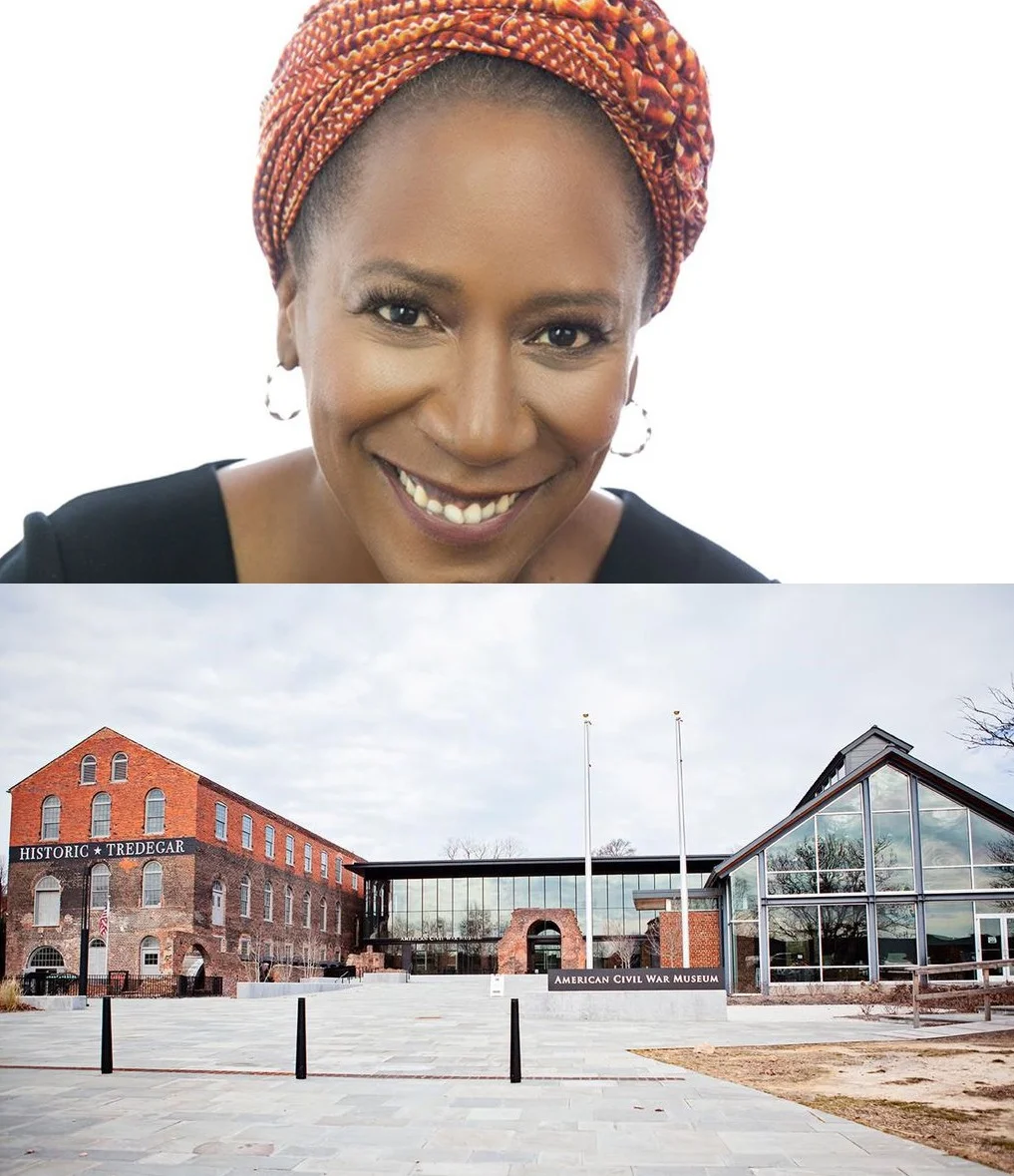Baltimore Museum Will Acquire Work Only By Women Artists in 2020
/Georgia O’Keeffe's "Pink Tulip" is on view at the Baltimore Museum of Art as part of its 2020 Vision initiative,which will be a year-long series of exhibitions and programs focused solely on female artists. (The Baltimore Museum of Art)
Women artists received a tough love message in a recent survey of art acquisitions by America’s museums. Only 11 percent of art acquired by 26 of America’s top museums for their permanent collections from 2008 to 2018, is the work of women artists.
The Baltimore Museum of Art announced a new drive for women artists, announcing that in 2020, the museum will only acquire work for its permanent collection that is produced by women.
The decision is an attempt by the museum to “truly be radical and emphasize to the arts communities that we are taking this initiative quite seriously,” and “re-correcting the canon,” chief curator Asma Naeem said.
The initiative comes as many museums in Washington and across America prepare to celebrate women artists in conjunction with the 100th anniversary of the 19th amendment and women’s right to vote. It’s also expected that the newly Democratic state government of Virginia will ratify the ERA (Equal Rights Amendment) early in 2020, pushing the amendment across the finish line with state ratifications. The time is beyond the original ratification dates, and the issue will surely be moved into the federal court system.
Celebrating women artists is great, but just as American women have learned with achieving the ERA, progress is very painful and slow.
“Curators say they struggle to convince their acquisition committees to pay up for work, particularly by older, overlooked female artists, who frequently lack an auction history that might be used to validate the asking price,” the investigative report on museum acquisitions stated.
AOC discovered a perfect example of this reality in our recent post about 99-year-old artist Luchita Hurtado.
“If you think about the word ‘artist,’ there’s a tacit assumption that it’s a male genius who is in fact the artist,” Naeem said. “That can be seen in the fact that we even call these ‘women artists.’ They’re not women artists. They’re artists.”






